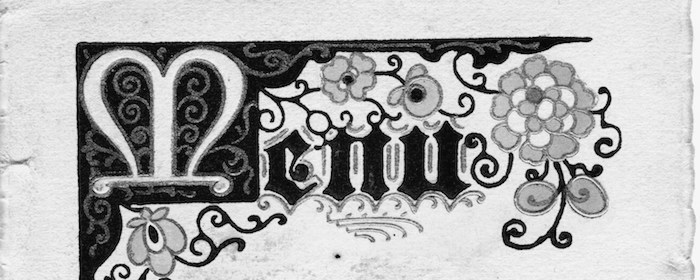The One Thing Missing From Your Sales Letter
I often get asked to read sales letters from new entrepreneurs who are frustrated with their response rates and nine times out of ten when I look at the letter there is something crucial missing:
The Customer
Most people who are starting a sales process believe that if they describe the awards they’ve won or the accolades they received, that will get the attention of the reader. The problem is that the reader is deciding within the first few sentences whether or not they trust you enough to keep on reading. If the customer doesn’t see any reference to themselves or their goals, you’ve probably lost them. If you are starting your letter with “I” or “We” I really hate to break it to you, but nobody cares.
You honestly could have saved thousands of cute kittens from a burning building using nothing but your bare hands and a slinky and we still will not want to buy from you.
We may think your story is interesting, but it won’t go much further than that. The opening of your email needs to be about the people who are reading the email and what they want. It cannot be about you or your company. In the early stages of a business you may think that the best way to get that sale is create a form letter and play a numbers game. You can certainly try this and some people are still scraping by doing this, but the people who are really developing solid, long lasting relationships with customers who come back again and again are the people who are spending time getting to know and understand their customer and treating them like people instead of a number. Now some of you may be thinking that it’s too time consuming to personalize your messages, but I’m not saying that you craft an entirely different letter for every single person you reach out to. Slight variations can be very effective and the form information should always come later. When I used to raise money for shows, I’d refer to my outreach process as the restaurant model. Here’s how it works:
Step 1 – The Restaurant Sign – When you are considering going to a restaurant you may notice a sign with some food that makes you want to go inside. An email can be just like that sign. A short, quick email that is focused on the person has a similar effect. If you can learn anything about them, that’s even better. I’m always more inclined to respond to people who reach out who have read something of mine than I am to random emails describing a service they provide and most people are more open if you show you’ve done some research on them. I usually finish with some kind of line asking them if they’d like to learn more to drop me a line. If they respond in the affirmative, I move to the appetizer.
Step 2 – The Appetizer – The appetizers can help you decide if you like the food at the restaurant and order the entrée. It’s in this email that I describe the business in a very short description. I make sure to always reference how it supports the customer or will be helpful in regards to their goals and I usually finish with an offer to give them more detailed info if they are interested. When I was raising money this is when I would offer to send the full paperwork. In business, this is usually an invitation to send a contract or the entrée.
Step 3 – The Entrée – In a restaurant if you order the entrée you’ve now bought in to the experience. You’re buying something more expensive and really trying the food. In business you are sending the customer all of the details on how they can work with you. This includes logistics, contracts, etc. If the customer approves and signs on with you, that’s the sweet part or the dessert. The most important factor though that many restaurants forget is the after-dinner mint.
Step 4 – The After-Dinner Mint – The after-dinner mint is something that a good restaurant will give you free of charge to thank you for doing business with them. In most business communication, that part of things is missing. We often don’t take enough time to say thank you in a meaningful way both when we get the sale and when we don’t.
So you’ll notice that the sequence includes four touch points of communication. Most sales letters try to sell people on an entire meal with the street sign. It’s no wonder most people don’t answer these emails! Think about your current outreach. Are you trying to get too much too fast and are you forgetting the customer? If you are, your response rate may not be as high as you may hope for.
The idea is pretty simple. Start your opening communication with less you and more of them and you’ll see a marked increase in your responses.
And that will lead to many more opportunities to eat.
Excelsior!

